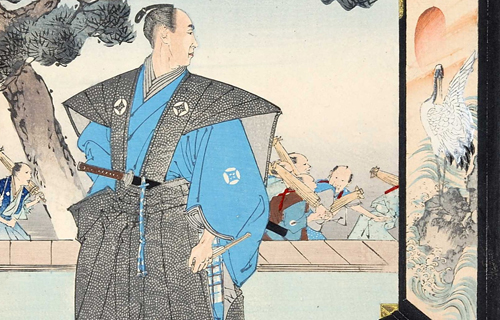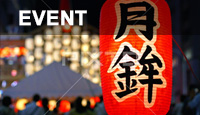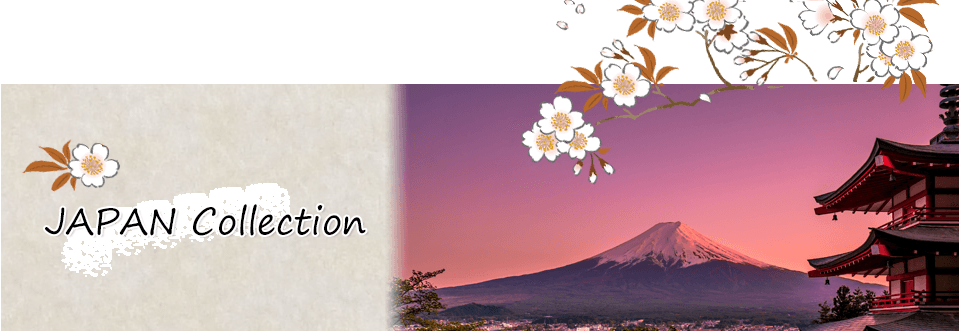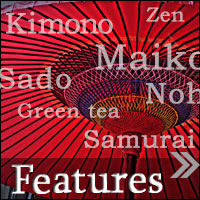Top > JAPAN Collection > Samurai
Samurai
Samurai
Samurai is a class of government employee of the ancient age to the middle age. The Samurai word comes from “Saburau” in an archaic Japanese word which has meaning of yield to somebody.
Samurai is an alias of “Bushi” (actually these are different); originally the class of Samurai point an operational level official servant of an aristocrat. That means originally Samurai work for Imperial court and for aristocrats. If samurai promoted with their job, they had chance to be one of the aristocrats.
Samurai was divided the work into each specialty but later Samurai became a name of a specific Samurai who are soldiers.
After the aristocrats age, Samurai started to get political power, the word “Samurai” became a word to points Samurai who has higher position. And the Bushi points all the subordinates of Samurai. It is easy to find Samurai was not only a commander or general. For example, in Vocabulário da Língua do Japão (Japanese-Portuguese dictionary, published 1603-1604), the word Bushi was translated as a “Soldier” but the word Samurai was translated as “Nobleman / Respectable person”.

Bushi and Samurai
There is a word “Bushi” resemble to Samurai. Bushi means a person who is practiced in the use of arms as professional warrior or a military strategist.
This class was established during the 10th century, and the class was permitted regularly to be armed by the imperial court.
An arm Katana was allowed but if it’s not a person who was armed without the permission, couldn’t be called as Bushi.
Samurai is noble person as mentioned. And sometimes Bushi is defines as army. Actually, in the Samurai category, the majority of the class was Bushi.
The battle techniques were transmitted among the family with special educating since the childhood. If they find a gifted child, let the child as step son or private pupil.
The real image of Bushi was, a military affiliated entrepreneur licensed by the government. The government summon them (who are belongs to the Bushi class) depends on the situation solve the problem.

Samurai in film
Seven Samurai (Shichinin no Samurai):The film is 1954 Japanese adventure drama film which is written, edited, and directed by Akira Kurosawa.
The first middle part is a village of farmers hires seven masterless Bushi calls Ronin, the other part is the combat bandits who will come after the harvest to steal their crops.
Before the film, all films were affected by Kabuki but Akira Kurosawa wanted made a drama something is more realistic which is based on a day of one Bushi. However, he could not get enough information to make a true life of lower class Bushi.
Fortunately, a day got information that Bushi sometimes was watch-keeping and guard of a village whole night to get where to stay and food when they are on a way. So the story made with his detail determination to be more realistic film.


The most famous Events!
Please, look at before your travel and planning
- January
- Fude Hajime [2nd-4th]Kitano-tenmangu
- Kemari Hajime [3rd] Shimogamo shrine
- Toshi-ya [15th] Sanju-sangen-do
- February
- Setsubun [2nd-25th] Mibu temple
- Baika Festival [25th] Kitano-tenmangu
- March
- Nagashi Bina [3rd] Shimogamo Shrine
- April
- Miyayo Odori [1st] Gion-kobu-kaburenjo
- Mibu Kyogen [21st-29th] Mibu temple
- May
- Aoi Festival [1st] Kamigamo shrine, Shimogamo shrine
- June
- Kibune Festival [1st] Kibune shrine
- July
- Gion Festival [7th] on the corner of Shijo st. and Karasuma st.
- August
- Daimonji Gozan Okuribi [16th]
- September
- Seimei shrine Reisai [Autumnal Equinox Day] Seimei shrine
- October
- Mibu Kyogen [include the 2nd Mon., for 3days] Mibu temple
- Era Festival [22nd] Heian Jingu
- November
- hitakisa [8th] Fushimi Inari Taisha
- December
- Joya-no Kane [31st] Kurama temple, etc.



